Author: Tymofii Pushkarenko
Why do we want to go to Mars, even though Venus is closer? It is called Earth’s twin sister, but are our planets really so similar?
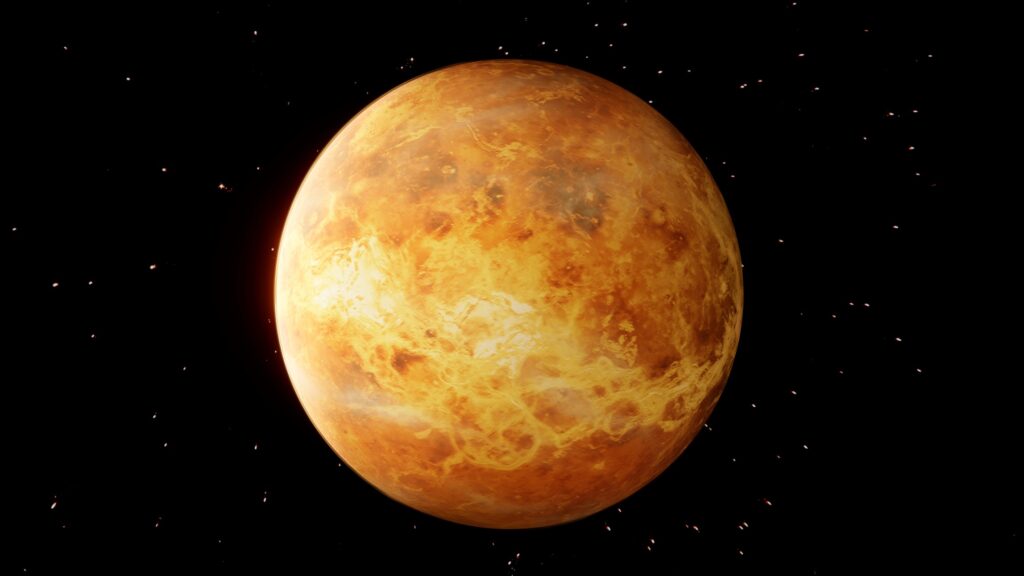
Is Venus really the closest planet to Earth?
Venus is the second planet in the solar system and the closest to Earth! That’s probably what you were told at school, but it’s not entirely true!
Venus is indeed the closest of all the planets to the Earth, with a minimum distance of only 38 million kilometers, followed by Mars, which can come within 55 million kilometers, and Mercury, which is in third place with a distance of 77 million kilometers.
But according to modeling the movement of planets around the Sun over the past 10 thousand years, Mercury was closest to us most of the time — 47% of the time, followed by Venus — 36%, and Mars whith it`s mere 17%! Thus, on average, the first planet from the Sun is the closest to Earth! If you want to learn more about all this, we invite you to watch the video on our channel and be sure to subscribe to it.
How did spacecraft explore Venus?
After all, Venus has been close by for quite some time, and the distance to it is much smaller!
So why do we prefer to go to Mars first? Why does humanity want to visit the Red Planet rather than Earth’s sister? It was not always so. In the second half of the twentieth century, quite a few spacecraft were sent to explore Venus!
The first of them to reach the planet and transmit scientific data to Earth was the American Mariner 2 probe launched back in 1962. It measured the speed of the planet’s rotation around its axis and collected data on the extremely hot atmosphere.
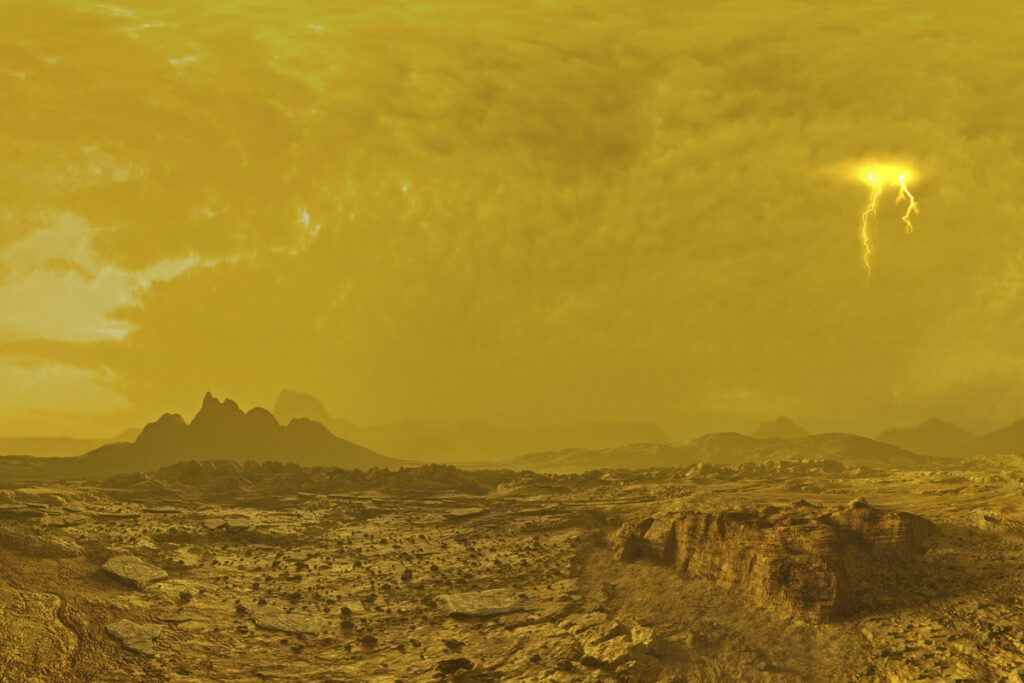
The space race to explore Venus began between the Soviet Union and the United States. In total, more than 20 vehicles were launched. Some of them managed to land and photograph the surface of Venus. As you can see, the landscapes are not as picturesque as those on Earth!
What have scientists learned about Venus?
Venus is incredibly bright and beautiful in the morning and evening sky, but it is actually a hellish planet. Its atmosphere is 96% carbon dioxide. Anyone trying to breathe in this air would feel severe suffocation caused by hypoxia!
Although we can easily solve this obstacle by wearing a spacesuit, overcoming the next challenge will be very difficult! Namely, the enormous atmospheric pressure, which is 92 times higher than on Earth! A person will feel this pressure underwater at a depth of about a kilometer.
Even robotic technology cannot survive in such conditions for long! The atmosphere of Venus is very dense and contains clouds of sulfuric acid, making it impossible to observe the surface in visible light! That’s why it’s impossible to take ordinary photos of the Venusian surface from space!
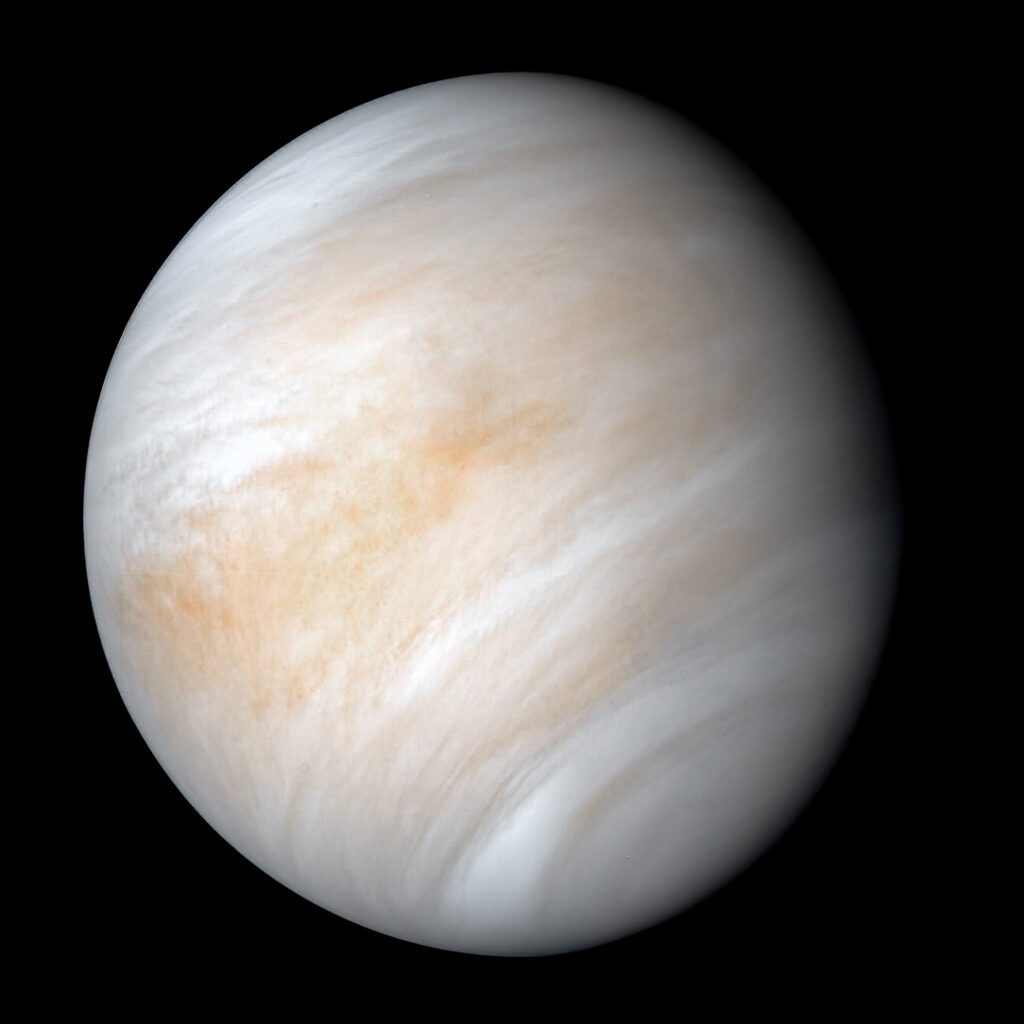
This atmosphere creates a strong greenhouse effect, making Venus the hottest planet in the solar system! Its surface temperature is about 470°C, which is higher than the melting point of lead and zinc! A real hell! Astronauts would have a hard time there!
After all, a solar day on the planet lasts as long as 116 Earth days, due to the very low speed of its rotation around its own axis, one revolution (the so-called sidereal day) Venus makes in 243 Earth days. However, such a long night has almost no effect on the temperature due to the dense atmosphere, which retains all the heat — like a casing.
Venus is a hellish planet
The direction of Venus’ rotation is also very strange. It rotates on its axis in the opposite direction to the way it moves around the Sun! All other planets in the solar system have the same direction of rotation, except for Uranus, which lies on its side))
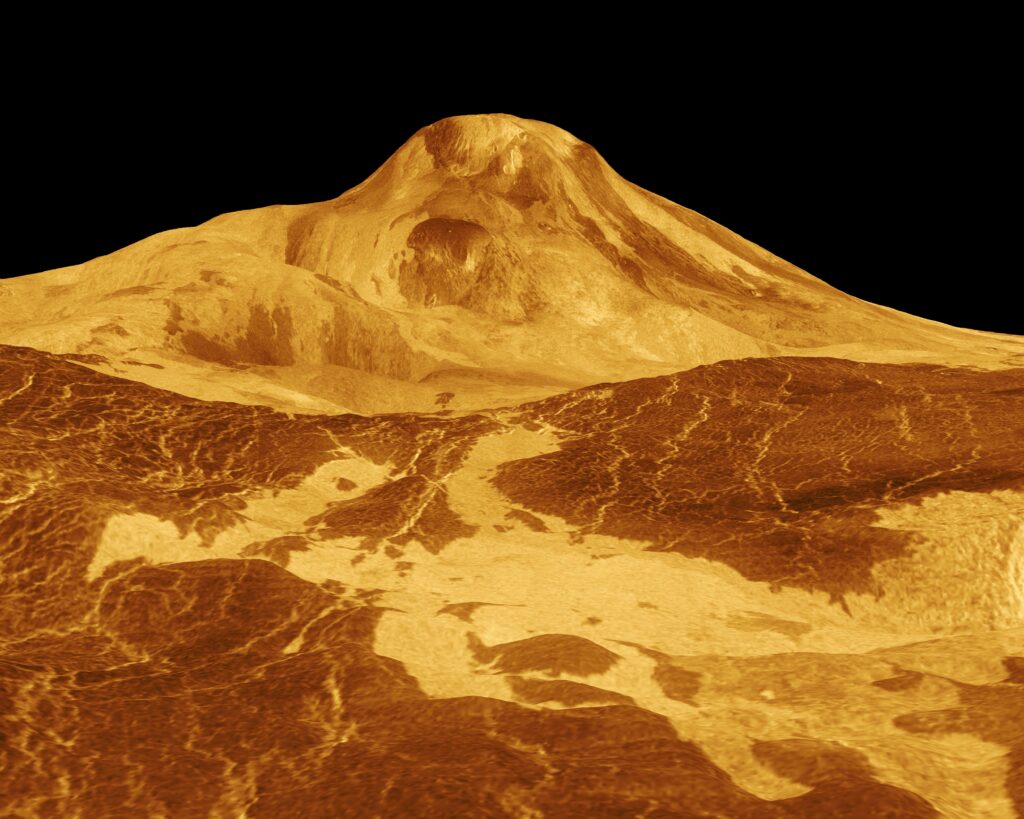
Let’s imagine that we have invented a spacesuit that will protect us from extremely high temperatures and high pressure. What would an astronaut see when walking on the planet’s surface? Everything around him will be yellow-orange – the atmosphere will filter out the sun’s rays and give everything a yellowish color.
There are endless rocky plains of basalt all around, the most common type of rock on Earth, which is of volcanic origin. It is believed that most of the surface of Venus consists of basalt, and the plains, according to radar data, cover 80% of the surface!
But there are as well mountains on Venus. The highest peak is Mount Scadi in the Maxwell Mountain Range.
Its height, according to some sources, exceeds 11 km, which is much higher than our Mount Everest. Venus also holds the record for the number of volcanoes: according to scientists, there are hundreds of thousands of them.
The atmosphere of the neighboring planet
Will our astronaut be blown away by the wind? After all, the atmosphere seems very threatening! On the surface, winds blow weakly — up to 1 m/s, which is even slower than on Earth.
Everything changes when you go up into the highest layers of the atmosphere, where the winds move at a staggering speed of over 360 km/h. In fact, the outer atmosphere revolves around the planet every 4 days, which is 60 times faster than the rotation of Venus itself.
This is one of its greatest mysteries. No one knows exactly what causes this speed of the atmosphere. There is a theory that the slow rotation around its own axis is caused by a massive atmosphere that seems to brake the surface, slowing its movement.
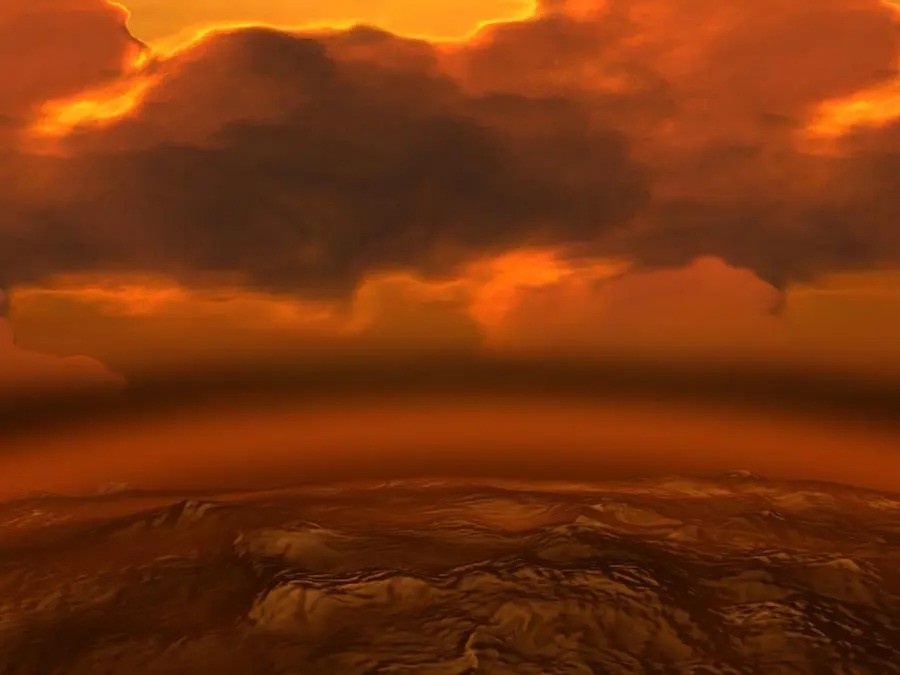
But don’t think that Venus is not worth the trip. Despite the extreme conditions on the planet’s surface, there is still one place where you can live! At an altitude of 50-60 km, the atmospheric pressure and temperature are almost the same as at the Earth’s surface. This makes the upper layers of Venus’ atmosphere very similar to the Earth (it’s even better than on the surface of Mars).
Because of the similarity in pressure and temperature, and the fact that Earth’s air is composed of oxygen and nitrogen, which are gases lighter than carbon dioxide (and thus would produce lift on Venus, like helium on Earth), scientists have proposed the upper atmosphere as a place suitable for exploration and colonization.
People could live flying above the Venusian clouds in huge balloons! Unfortunately, more data needs to be collected to be sure of the success of colonizing the second planet of the solar system. All scientists agree on this. It’s great that 3 missions to Venus are planned to be launched in the late 20s and early 30s!
Future missions to Venus
NASA’s DAVINCI mission involves the launch of a spacecraft that will study the surface of Venus by scanning it at different wavelengths. It will also be equipped with a probe to descend into the atmosphere and study its chemical composition!
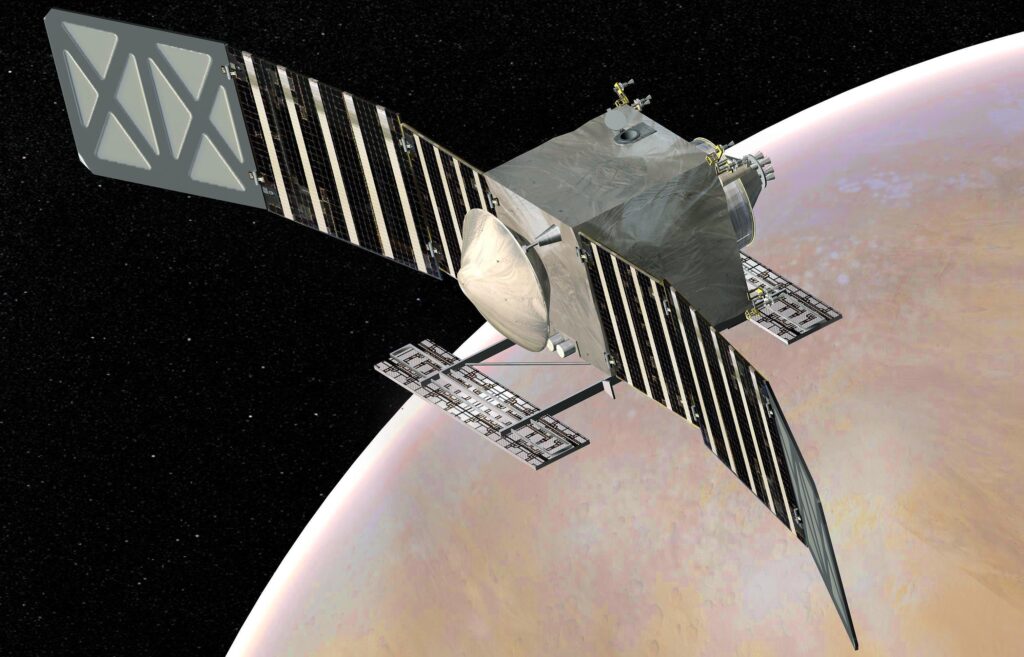
The next NASA mission, called VERITAS, is an orbiting spacecraft that will map the surface of Venus. It will allow us to study how the structure of the planet’s surface has changed over time!
The next mission is already planned by the European Space Agency for 2031, called EnVision. This is also an orbiting spacecraft that will perform radar mapping of the planet, study the composition of its atmosphere and volcanic activity.
Scientists believe that this will help them understand why Earth and Venus have taken such different evolutionary paths! Why do you think the planet closest to us is so different from Earth? Do you believe in its colonization? Write in the comments and don’t forget to subscribe to our YouTube channel for more interesting stuff.

